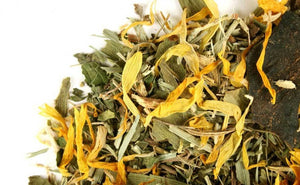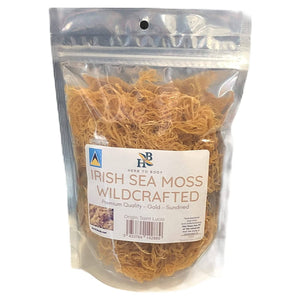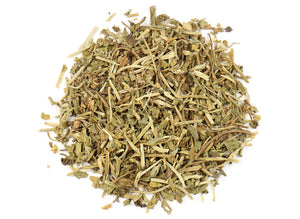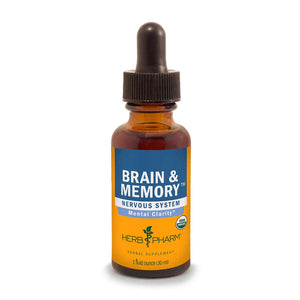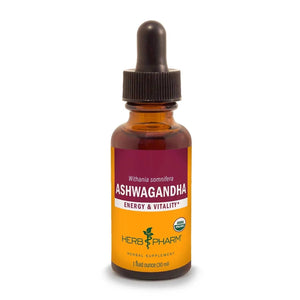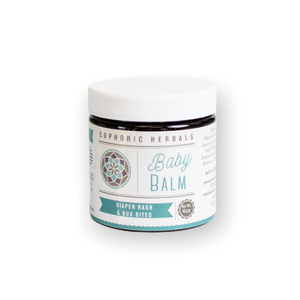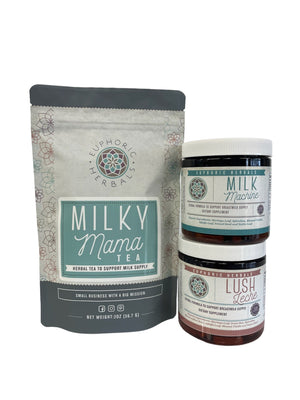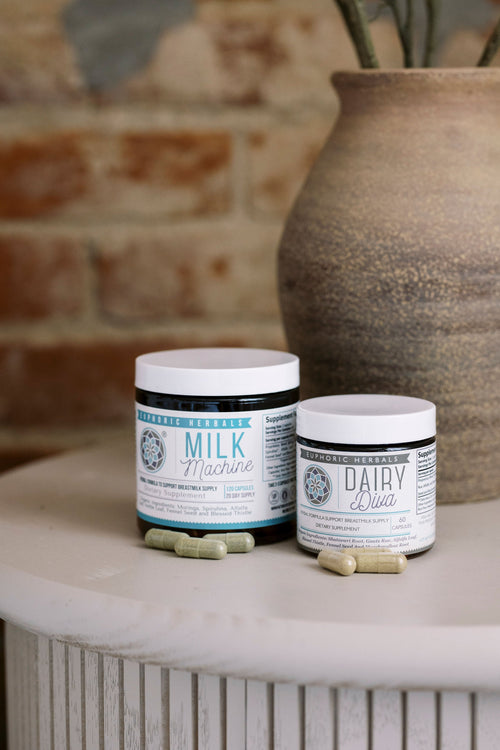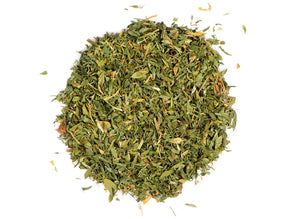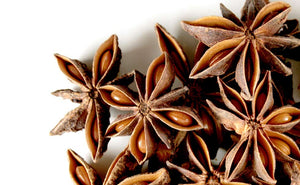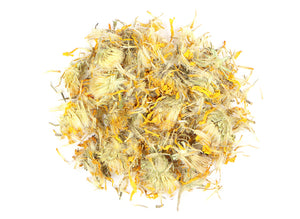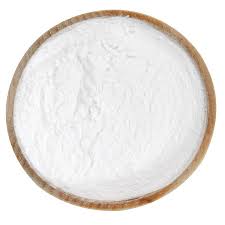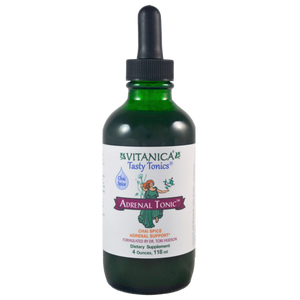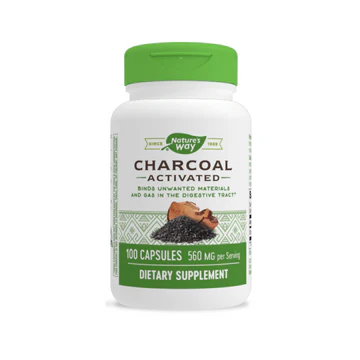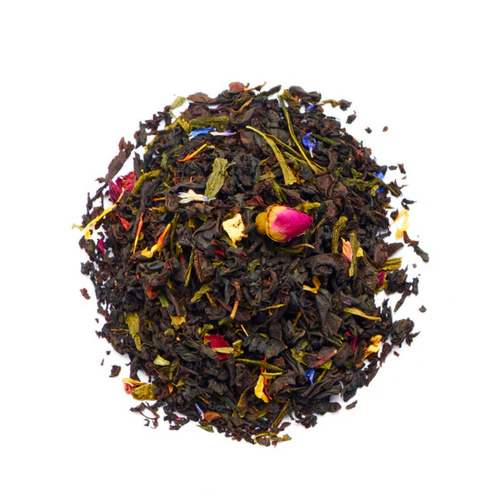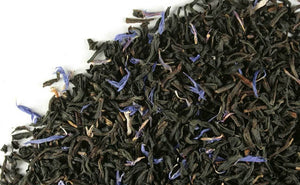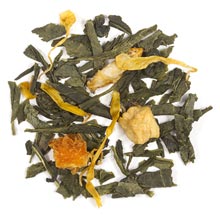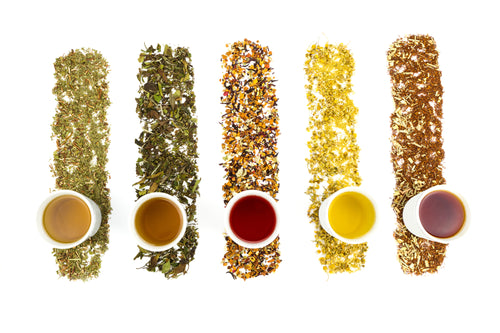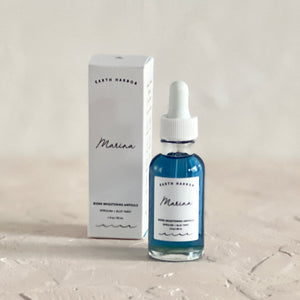Like many other important medicinal herbs, yellow dock frequently goes by the name of "weed". It grows happily in the wild and will often enter (uninvited) into garden spaces. Yet, there are many benefits to yellow dock, which make it a welcome guest.
Also known as curly dock, yellow dock has been frequently used in traditional herbal medicine. It was used by ancient Greek physicians to improve digestion and liver health as well as by Native Americans for wounds, rheumatism, and yellow fever.
If you need to boost your iron levels, support skin health, or cleanse toxins out of your body, this herb can help. Here's more about the benefits of yellow dock and how to use it.
What Is Yellow Dock?
Yellow dock (Rumex crispus) is a perennial plant that belongs to the buckwheat/knotweed family. It's originally native to parts of Europe and Asia, but has become naturalized in North America.
You can find yellow dock growing along roadsides, in areas with disturbed soil, and perhaps in your garden. It starts out as a small rosette with long, thin leaves that curl at the edges. Yellow dock can grow between 1-5' tall and blooms unobtrusively with small, green flowers.
The flowers produce seeds that turn red in the fall as they ripen. This was traditionally the sign to harvest the roots, which are a deep orange or yellow color on the inside (hence the name).
While both the leaves and roots have been used for health benefits, the root of yellow dock is the part most often used. You can harvest and eat the leaves and roots fresh or use the dried root in herbal preparations. The leaves contain a good amount of vitamin C and were once used for scurvy. (1)
Benefits of Yellow Dock
Source of Plant-Based Iron
Yellow dock root is thought to be one of the best sources of plant-based iron. It can also help your body to assimilate iron better and works especially well with other iron-boosting herbs. (2)
Yellow dock has been traditionally used to treat mild anemia and for boosting iron levels during pregnancy and heavy menstrual cycles. A medicinal syrup made with yellow dock and black strap molasses (also rich in iron) was a pregnancy tonic that helped boost iron and regulated digestion.
If you don't want to harvest your own roots, you can use the dried root to make a tea or syrup. Or get the full effects of yellow dock blended with other mineral-rich herbs in this Iron Tonic tea.
Digestive Aid
Bitter herbs and foods may not be everyone's cup of tea, but they typically contain compounds that are highly beneficial for digestion.
Yellow dock is a bitter herb that helps to stimulate the production of digestive enzymes needed for healthy digestion. It also stimulates saliva and bile production, which help your body break down foods (especially fats) better.
Interestingly, the root can have a mild laxative effect due to the presence of anthroquinone glycosides, but it can tone digestive tissues to help with diarrhea as well. (2) Yellow dock also has alterative properties, which means it helps your body absorb nutrients better and eliminate waste products.
You can find yellow dock root as an ingredient in digestive bitters (a tincture made with bitter herbs to help digestion). Bitters are typically taken 20 minutes before a meal.
Supports Liver Health
Herbs with bitter compounds are typically very supportive for liver health. Yellow dock is no exception and contains plant compounds that can help stimulate and protect your liver.
Your liver is a very important part of the natural detoxification process your body regularly goes through. Toxins, waste products, and excess hormones all get processed mostly in the liver. They are broken down into different, more water-soluble compounds that can easily be eliminated from your body.
The bitter glycosides in yellow dock can help improve liver function. This helps your body to get rid of harmful toxins like it's supposed to instead of letting them accumulate.
Supports Skin Health
By aiding your digestive system and liver, yellow dock can also help with skin issues. It may not seem like your skin is directly connected to either of these, but they actually work together (along with your lungs and kidneys) to eliminate waste products.
A sluggish liver or digestion can lead to the accumulation of toxins. When this happens, a greater burden is put on your skin as it tries to make up the slack. This can cause skin eruptions like acne, eczema, and psoriasis.
Yellow dock has frequently been used both internally and externally to help with these types of skin issues. Internally, it supports the detoxification process. Externally, a wash can be made with yellow dock to soothe inflammation.
A closely related herb known as bitter dock (Rumex obtusifolius) is a traditional remedy for rashes from stinging nettle. The two plants often grow near each other, and the leaves of bitter dock can be applied as a poultice to stings from nettle. (3)
Using Yellow Dock
If you find yellow dock growing on your property, you can harvest the leaves (packed with vitamin C) to add to salads. The leaves are bitter and sour, but the youngest leaves are the mildest. (Just make sure you can correctly identify yellow dock, since a few other plants look similar.)
The root can be harvested and used fresh, or you can buy it dried. The root is most often made into a tea, tincture, or digestive bitters and can also be made into a syrup.
You can make a tea by simmering 4-6 tablespoons of the dried root in 1 quart of water for 20-30 minutes before straining and drinking. Or you can try it in a blend- like this one for boosting iron levels.
Precautions
Yellow dock is very safe to use, but large doses of the root can cause nausea, vomiting, and diarrhea.
The fresh leaves are high in oxalate, which can bind to minerals like calcium and magnesium and impair absorption. Don't consume a large amount of the leaves if you have problems with kidney stones or gout. You can also quickly blanch the leaves in boiling water (1-2 minutes) to remove most of the oxalic acid.
If you suspect you have anemia, please be sure to consult with your healthcare practitioner.
Getting the Benefits of Yellow Dock
With all its health benefits, yellow dock deserves a better title than "weed". It belongs with other plants like dandelion, burdock, and mullein that have powerful health benefits hidden in plain sight.
Yellow dock is most often used to boost iron levels and support digestive, liver, and skin health. You can take it in a tea or eat the fresh leaves to get some extra vitamin C. Look for this helpful herb the next time you're outside!






